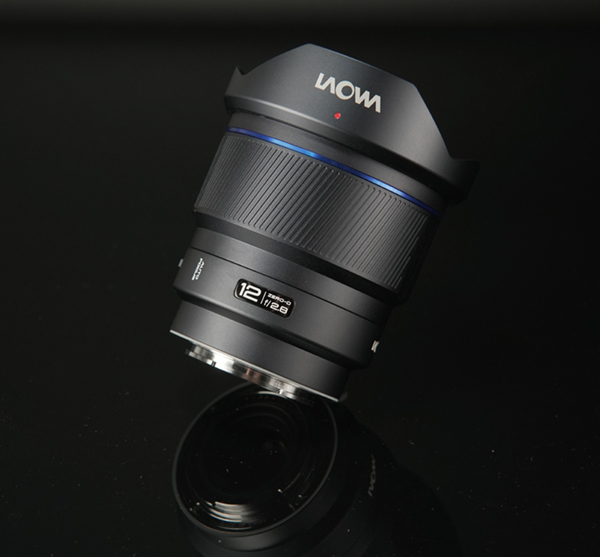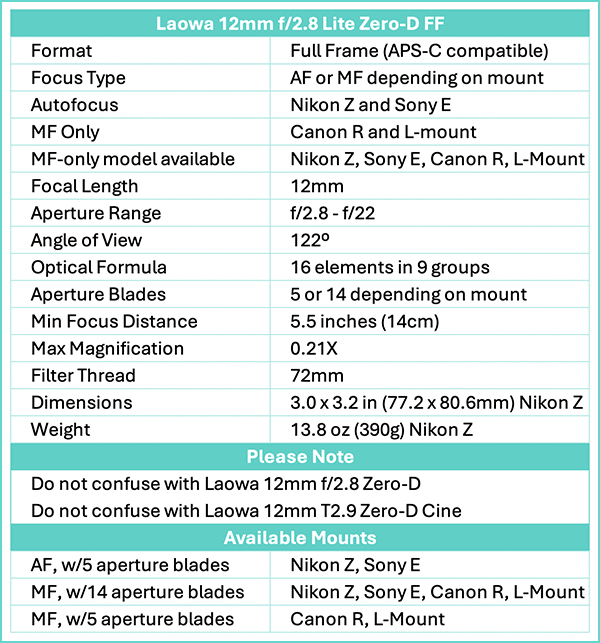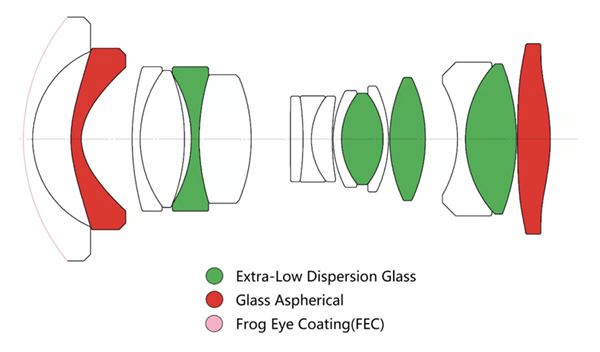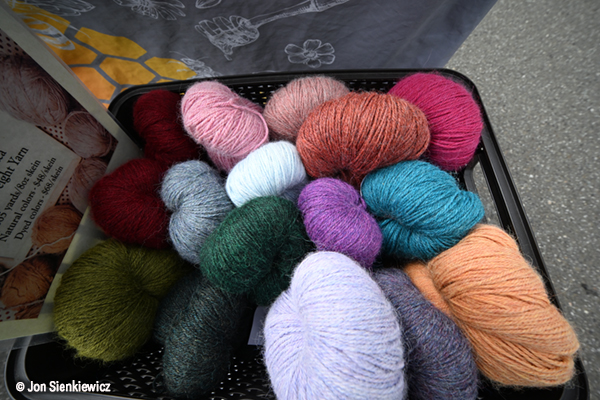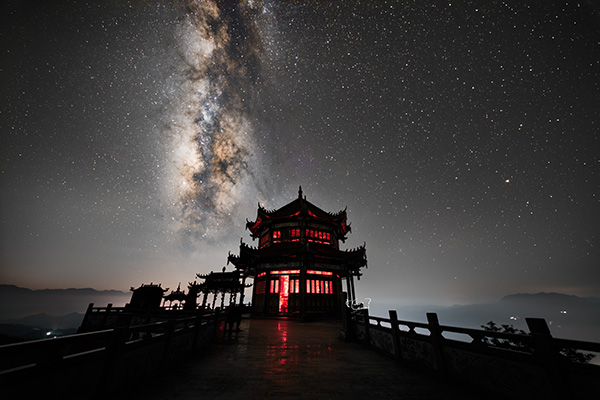How to Choose the Right Floor Plan for Your Real Estate Listing
How to Choose the Right Floor Plan for Your Real Estate Listing
-
-
,
-
,
Real Estate

In real estate marketing (and everything else!), first impressions are everything, and visuals are at the heart of that experience. While professional photos help buyers connect emotionally to a home, floor plans provide the context that helps them understand how the space actually flows. It’s this combination of storytelling and structure that drives faster decisions and better results.
At Sharp Frame Media, we believe that floor plans aren’t just a “nice to have” anymore. Now, they’re a powerful tool that gives listings a competitive edge. That’s why we now include a floor plan with every package we offer. Whether you’re just starting your listing journey or looking to elevate your marketing strategy, there’s a floor plan solution that fits. Let’s break down the options and why they matter.
Why Include a Floor Plan?
Increased Engagement: According to Zillow, listings that include a floor plan receive up to 52% more clicks than those without. Buyers tend to spend more time on listings with interactive media like floor plans and virtual tours.
Clarity & Confidence: Floor plans help buyers understand the layout—especially important for remote buyers who may not be able to tour in person.
Visual Planning: A floor plan allows buyers to imagine how they’ll use the space, where they’ll place furniture, and how the layout will work for their lifestyle.
Our Floor Plan Options
We offer a variety of floor plans depending on your package or virtual tour selection:

Basic Floor Plan
- Includes room dimensions.
- Ideal for giving a quick visual of the space without added detail.
- Does not include fixed furniture.
Detailed Floor Plan
- Includes room dimensions and fixed furniture (like sinks, tubs, doors).
- Offers a clearer representation of space usage and layout.
- Perfect for highlighting remodeled kitchens or updated bathrooms.
dimensions.

Zillow Floor Plan (comes with Zillow 3D Home® Tour)
- Basic plan with room measurements only.
- Created automatically from your Zillow 3D Tour.
- Does not include fixed furniture.
- Also featured in Zillow Showcase listings for maximum reach and presentation.
Matterport Floor Plan (comes with Matterport 3D Tour)
- 2D floor plan generated from your 3D Matterport scan.
- Includes room dimensions and fixed furniture.
- Comes with dollhouse model and full 3D walk-through functionality.
- Ideal for high-end listings or complex layouts.


Flexible Packages, Personalized Results
Every one of our core packages—Photography, Showcase, and Ultimate—includes a floor plan. But that’s not where your options stop. You can customize your package to include the format or style of floor plan that best suits your listing’s needs.
Whether you’re looking for a simple visual for a cozy condo or a full Matterport experience for a luxury estate, we’ve got you covered. We’ll help you choose the right level of detail and presentation to maximize impact.
Our Promise To You
We’re here to make real estate marketing seamless, streamlined, and effective. From photos to 3D tours to floor plans, Sharp Frame Media delivers every piece you need to market your listings like a pro and help buyers fall in love before they even walk in the door.
If you’re ready to elevate your next listing, Sharp Frame Media is here to help. Visit SharpFrameMedia.com to view our packages and to book online, or contact us today if you have questions about the perfect floor plan for your property.
Here are other related topics that might interest you:
How Outsourcing Social Media Management Can Save You Money
Branding Videos and Why You Need One
Hate Them or Love Them: Why You Still Need a Zillow 3D Tour
Sharp Frame Media is a 5-star rated real estate media agency servicing Dallas-Fort Worth, and surrounding cities in Texas. Founded in 2015 on the values of craftsmanship, service, and partnership. As a veteran-owned company, our mission is driven by our commitment to unmatched service.
Want to Learn More About Sharp Frame Media?
Share this post
The post How to Choose the Right Floor Plan for Your Real Estate Listing appeared first on Real Estate Photography in Dallas-Fort Worth.



